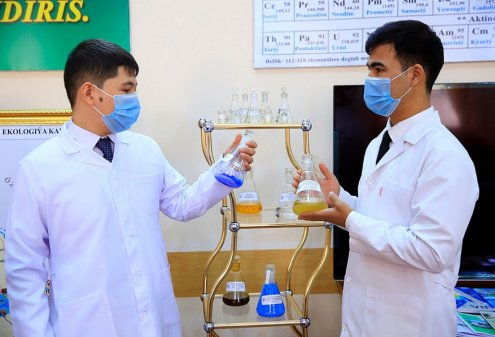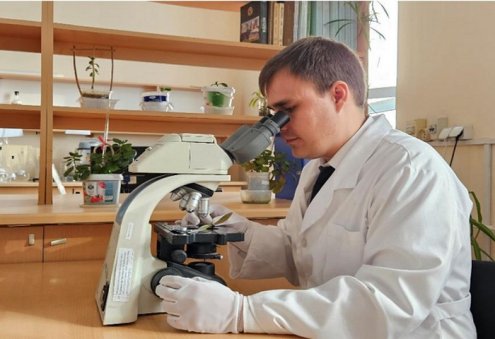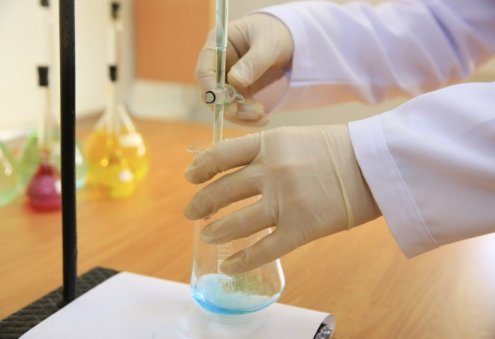The International Science and Technology Park of the Academy of Sciences of Turkmenistan has introduced a patented technology for creating a hydrophobic composite coating designed to protect water-related and other engineering structures, Turkmen state media reported on Thursday.
A key element of the technology is the use of a porous synthetic material impregnated with sulfur-polymer concrete. This combination provides strength, high adhesion, and resistance to aggressive chemical environments. Unlike traditional concrete, the new material does not require extended curing time—it reaches the required strength within a few hours, and in some cases, in just 5 to 10 minutes.
The coating provides both external and internal insulation for structures and simplifies installation and transportation due to its ability to be applied in non-stationary conditions. A key advantage is its water-repellent effect, which makes the material highly effective in high-humidity environments.
The project also promotes the efficient use of sulfur—produced as a byproduct of natural gas processing—in the construction industry. Researchers note that continued work in this area could lead to the development of innovative materials with enhanced performance characteristics, which are in high demand in industrial and infrastructure construction.
The hydrophobic composite coating is a multi-component construction material that combines water-repellent (hydrophobic) properties with enhanced strength, achieved through the use of a composite—a combination of materials with different characteristics. Such coatings are used primarily for waterproofing reservoirs, canals, dams, as well as underground and coastal structures.









30635-90x604.jpg)




30625-90x604.jpeg)
_(1)30624-90x604.jpg)


